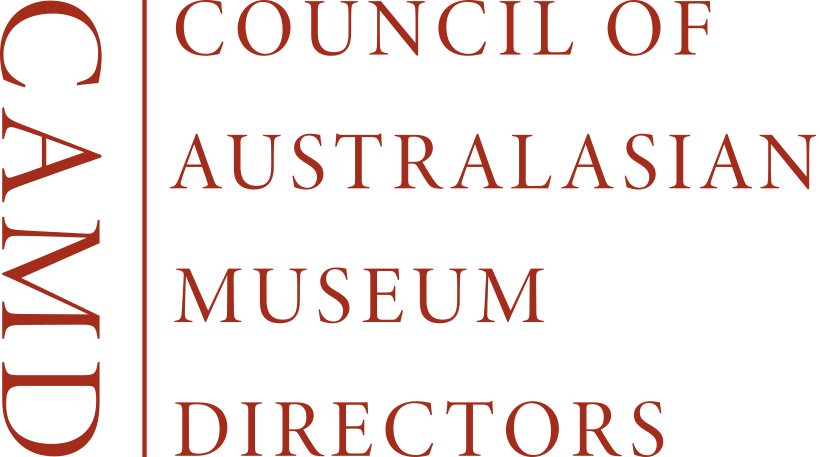Breaking news at last Friday’s copyright reform roundtable in Sydney was the announcement by the Australian Law Reform Commission (ALRC) review group that it plans to recommend the introduction of ‘fair use’ provisions for cultural institutions as part of Australian copyright reform.
It was made clear, however, that there would be strong opposition to such changes. CAMD will need members’ input to strengthen the case for reform in the interests of museums and the public.
Fair Use
The announcement, made by Professor Jill McKeough, ALRC Commissioner, acknowledged the strength of submissions made by cultural institutions and organisations, including CAMD, on the topic. The consensus of collecting institutions has been that the current act is impeding their attempts to meet rising public demand for online access to collections.
While provisions such as s200AB were introduced to the Copyright Act 1968 (Cth) several years ago to facilitate material being made available online, cultural institutions have generally reported that it, and other existing ‘fair dealing’ exceptions, were overly complex, confusing and lacking in consistency across classes of material. These characteristics meant that a generally risk averse sector would not utilise them.
A fair use approach would probably sit alongside some existing exceptions and incorporate a set of fairness factors and non-exhaustive examples of what might be ‘fair’ under various scenarios. It would extend beyond the current closed exception, such as for ‘research and study’ to cover other ‘personal’ uses of material by the public.
Cultural institutions were asked to give further consideration to what ‘fair use’ provisions might look like if introduced.
Orphan Works & Mass Digitisation
While the ALRC will not recommend an alteration to the current duration of copyright, it does believe that wider ‘fair use’ provisions could assist institutions to deal with orphan works and the broader question of mass digitisation.
There was a strongly negative response from cultural institutions attending the roundtable to the idea floated by the ALRC of introducing a voluntary extended collective licensing scheme.
Institutional representatives pointed out that:
- most orphan works were created without any intent to commercialise
- they have often been donated to institutions in the public interest
- institutions are already putting considerable resources into diligent searches
- there is often little or no chance of a copyright holder being found
- putting items online is often the only way a possible copyright holder might become aware of the material in order to either access or press rights
- the additional cost would be onerous to institutions and impede material being released to the public online and that
- the payment of fees to a licensing society for owners who will never be found makes no sense.
Preservation Copying
ALRC agreed on the need to change limits on the number of preservation copies made and to allow copies to be made in different formats, for both administration and access purposes. They also indicated a desire to encourage consistency by consolidating preservation provisions in the Act.
CAMD Input
A further ALRC discussion paper is to be circulated at the end of May with a fleshing out of the reforms touched on above. In order to help CAMD prepare its response, we would urge you to consider the following points and provide input during discussions at the forthcoming General Meeting and over the next month. In particular, we would like your feedback on the following:
- How can we strengthen arguments that museums be specifically mentioned in the Copyright Act, not just as an implied group within ‘libraries and archives’? How do current provisions impact on museums in ways which differ from outcomes for libraries and archives?
- What might ‘fair use’ provisions look like? What factors should underlie ‘fair use’?
- We need to know what your enabling legislation requires of your museum in terms of making content publicly available. How does this match or contravene existing copyright law?
- What would be the impact of a voluntary extended collective licensing scheme for orphans works on your digitisation program?
- The idea of an industry wide, standard take-down approach and policy where copyright concerns are raised was welcomed at the roundtable. CAMD members need to consider how that might operate and what CAMD can contribute to the formulation of guidelines.

